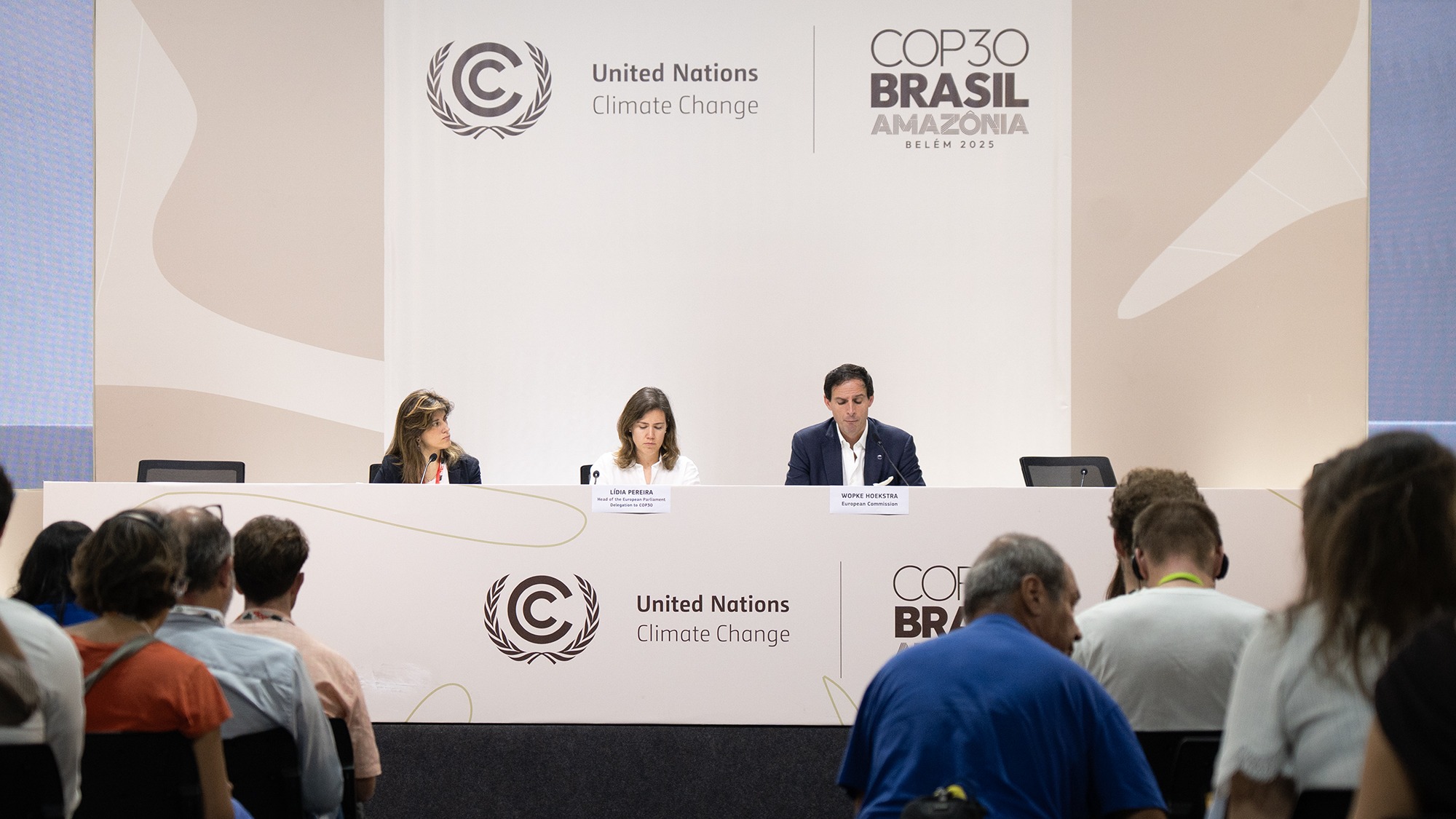Sustainability, Vol. 17, Pages 10377: Spatio-Temporal Patterns and Decoupling Analysis of Land Use-Related Carbon Emissions in Jilin Province
Sustainability doi: 10.3390/su172210377
Authors:
Wenwen Lv
Yan Liu
Land use change is a key driver of regional carbon emissions. Understanding the mechanisms through which regional land use changes influence carbon emissions, as well as their spatiotemporal evolution, is of great significance for the optimization of land use structure and the formulation of low-carbon policies. This study, based on land use data and socio-economic data from 2002 to 2022, combines decoupling analysis models with carbon carrying capacity assessment frameworks to systematically analyze the dynamic evolution of carbon emissions from land use in Jilin Province. The results show the following: (1) From 2002 to 2022, the cultivated land area in Jilin Province remained stable and accounted for the largest proportion; the areas of water bodies and construction land expanded, while forest, grassland, and unutilized land continued to decline. (2) Total carbon emissions exhibited a “growth-stabilization-slight decline” trend, with construction land contributing the most to emissions. Spatially, carbon emissions were concentrated in the central region with Changchun at its core. (3) The overall carbon ecological carrying capacity of Jilin Province showed a fluctuating upward trend, with notable differences in carbon ecological carrying capacity across cities. (4) Cultivated land showed the highest correlation with carbon emissions, followed by woodland. The decoupling relationship between carbon emissions and economic development exhibited phase fluctuations, evolving from weak decoupling to strong decoupling and then transitioning back to weak negative decoupling. Therefore, it is recommended that effective measures be adopted to curb the excessive expansion of construction land, enhance ecological carbon sink functions, and facilitate the transformation of cultivated land from a carbon source to a carbon sink. This will promote the efficient and green utilization of land resources, advance the synergistic progress of economic development and environmental protection, and achieve the goal of regional sustainable development.
Source link
Wenwen Lv www.mdpi.com

